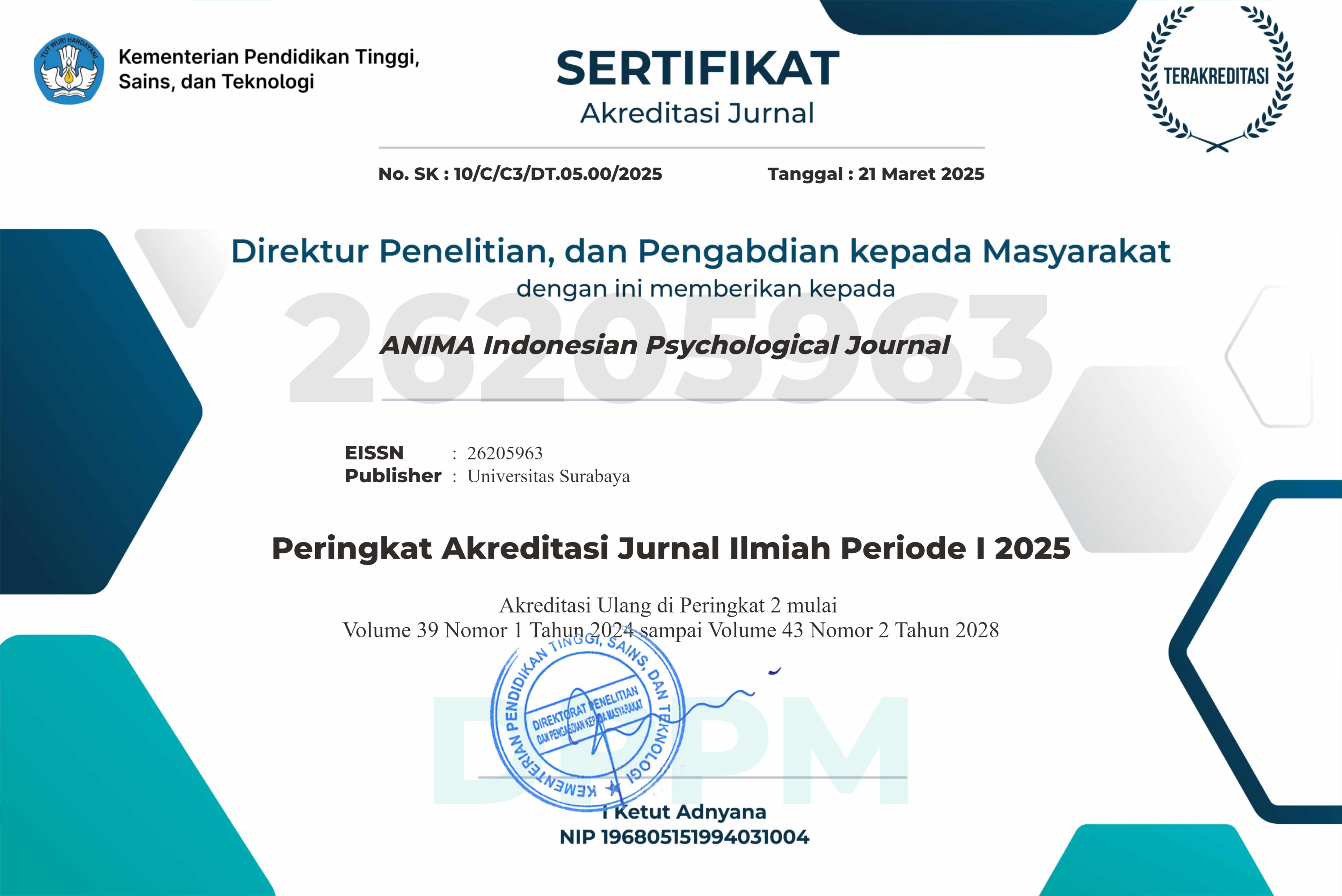Patients With Schizophrenia and Their Everyday Struggle Through the Jungle of Emotional Cues: A Study About the Theory of Mind in Patients with Schizophrenia
 Abstract Views:
102 times
Abstract Views:
102 times
 PDF-Full Text Downloads:
55 times
PDF-Full Text Downloads:
55 times
Abstract
The theory of mind is the requirement to understand another person’s emotions and thoughts, and to interpret and make predictions about the other person’s intentions based on that understanding. Research on emotions perception on patients with schizophrenia has shown some difficulties for those to identify emotions in facial expressions or conversational prosody, which would suggest an impairment of the theory of mind in patients with schizophrenia. But a deeper look at the results of those studies indicates that patients with schizophrenia do well have the ability to interpret genuine emotional expressions, in contrary to posed expressions. Research has also shown that patients with schizophrenia are very sensitive to negative stimuli. The findings suggest that patients with schizophrenia might not have an impaired theory of mind but rather a different kind of theory of mind or that they just use their theory of mind differently.
Teori akal budi (theory of mind) merupakan syarat untuk mengerti emosi dan pikiran orang lain, dan untuk memaknai dan membuat prediksi keinginan orang itu berdasarkan pengertian tersebut. Penelitian tentang persepsi emosi pada para pasien dengan skizofrenia menunjukkan kesulitan mereka mengidentifikasi emosi pada ekspresi wajah atau prosody (pola irama, tekanan, dan intonasi) percakapan, yang menyiratkan suatu kerusakan teori akal budi pada pasien dengan skizofrenia. Namun, hasil pendalaman studi-studi tersebut menunjukkan bahwa para pasien dengan skizofrenia memiliki kemampuan menginterpretasi ekspresi emosional murni, berlawanan terhadap ekspresi yang ditunjukkan. Penelitian juga menunjukkan bahwa pasien dengan skizofrenia sangat sensitif terhadap rangsangan negatif. Temuan juga menyarankan bahwa pasien dengan skizofrenia mungkin teori akal budinya tidak rusak namun hanya berbeda atau mereka hanya menggunakan teori akal budi mereka secara berbeda
Downloads
References
Baron-Cohen, S., Leslie, A. M., & Frith, U. (1985). Does the autistic child have a ‘theory of mind’? Cognition, 21, 37–46.
Birchwod, M., & Jackson, C. (2001). Schizophrenia. UK: Psychology Press Ltd.
Brüne, M. (2005). ‘Theory of Mind’ in schizophrenia: A review of the literature. Schizophrenia Bulletin, 31, 21-42.
Bukatko, D., & Daehler, M. W., (2004). Child development. A thematic approach. Boston, New York: Houghton Mifflin Company.
Davis, P. J., & Gibson, M. G. (2000). Recognition of posed and genuine facial expressions of emotion in paranoid and nonparanoid schizophrenia. Journal of Abnormal Psychology, 109, 445-450.
Gleitman, H., Reisberg, D., & Gross, J. (2007). Psychology. New York: W.W. Norton & Company.
Huang, J., Chan, R. C. K., Lu, X., Ma, Z., Li, Z., & Gong, Q. (2009). An explanatory study of the influence of conversation prosody on emotion and intention identification in schizophrenia. Brain Research, 1281, 58-63.
LaRusso, L. (1978). Sensitivity of paranoid patients to nonverbal cues. Journal of abnormal Psychology, 87, 463-471.
Loughland, C. M., Williams, L. M., & Gordon, E. (2002). Visual scanpaths to positive and negative facial emotions in an outpatient schizophrenia sample. Schizophrenia Research, 55, 159-170.
Mitchell, P. (1997). Introduction to theory of mind: Children, autism and apes (pp. 72-90). London: Arnold
Russel, J., Mauthner, N., Sharpe, S., & Tidswell, T. (1991). The ‘window task’ as a measure of strategic deception in preschoolers and autistic subjects. British Journal of Developmental Psychology, 9, 331-349.
Sarfati, Y., & Hardy-Baylé, M.-C. (1999). How do people with schizophrenia explain the behavior of others? A study of theory of mind and its relationship to thought and speech disorganization in schizophrenia. Psychological Medicine, 29, 613-620.
Smith, P. K., Cowie, H., & Blades, M. (2007). Children's understanding of mind, Understanding children's development. Oxford: Blackwell.
Truax, C. B., & Michell, K. M. (1971). Research on certain therapist interpersonal skills in relation to process and outcome. In A. E. Bergin & S. L.
Garfield (Eds.), Handbook of psychotherapy and behavior change: An empirical analysis. New York: Wiley.
Watzlawick, P., Beavin, J., & Jackson, D. (1967). Pragmatics of human communication. New York: Norton.
Wilson, F. J. (2003). Biological foundations of human behavior. Belmont, CA: Thomas Wadsworth.

This work is licensed under a Creative Commons Attribution-NonCommercial-ShareAlike 4.0 International License.
Articles published in ANIMA are licensed under a Creative Commons Attribution-NonCommercial-ShareAlike 4.0 International license. You are free to copy, transform, or redistribute articles for any lawful, non-commercial purpose in any medium, provided you give appropriate credit to ANIMA and the original Author(s), link to the license, indicate if changes were made, and redistribute any derivative work under the same license.
Copyright on articles is retained by the respective Author(s), without restrictions. A non-exclusive license is granted to ANIMA to publish the article and identify itself as its original publisher, along with the commercial right to include the article in a hardcopy issue for sale to libraries and individuals.
By publishing in ANIMA, Author(s) grant any third party the right to use their article to the extent provided by the Creative Commons Attribution-NonCommercial-ShareAlike 4.0 International license.




